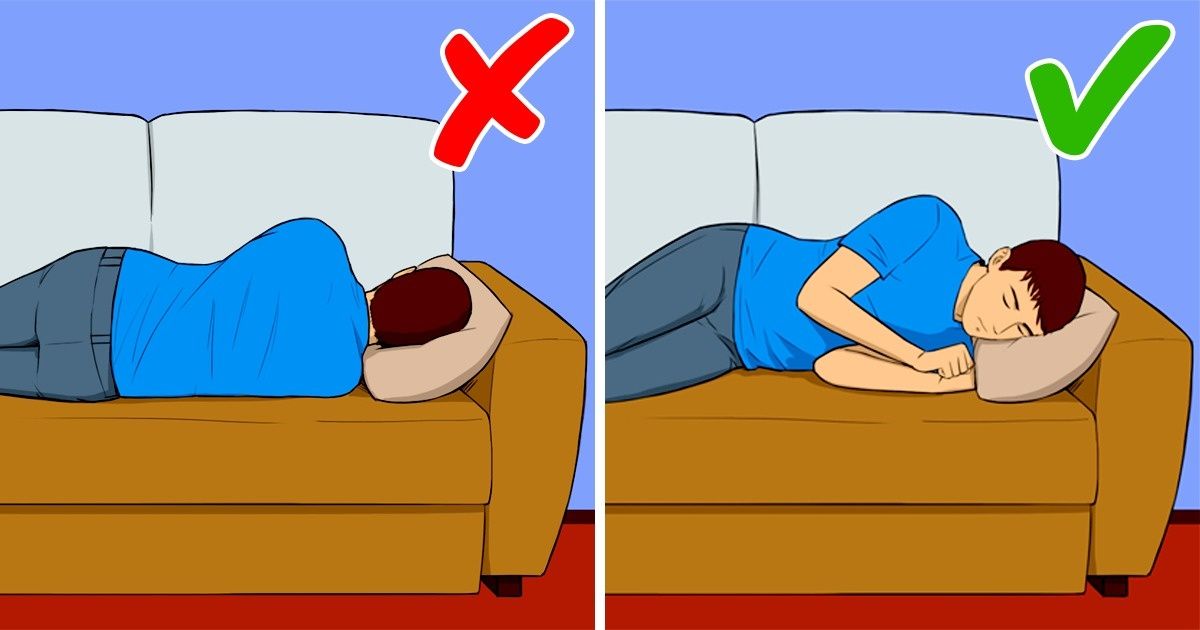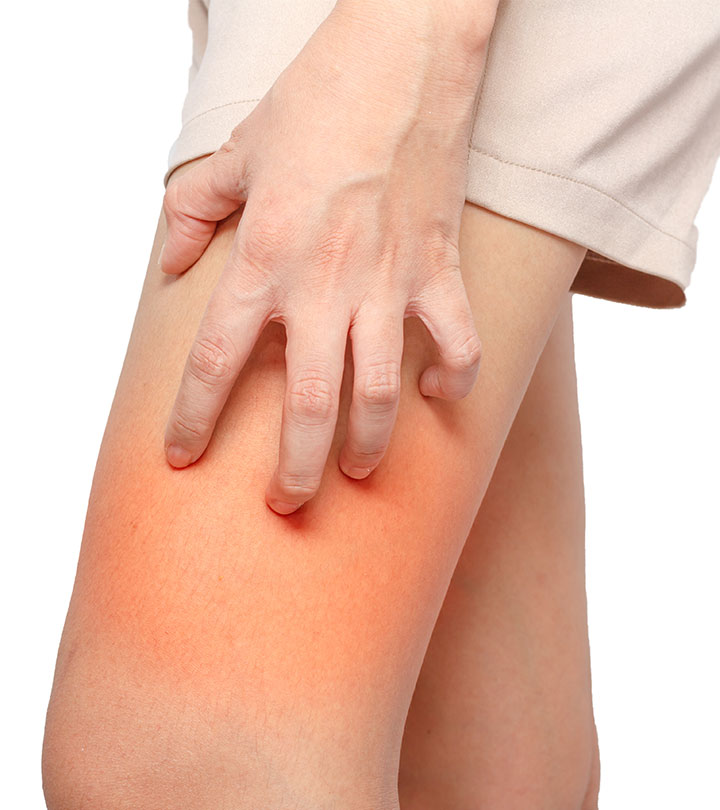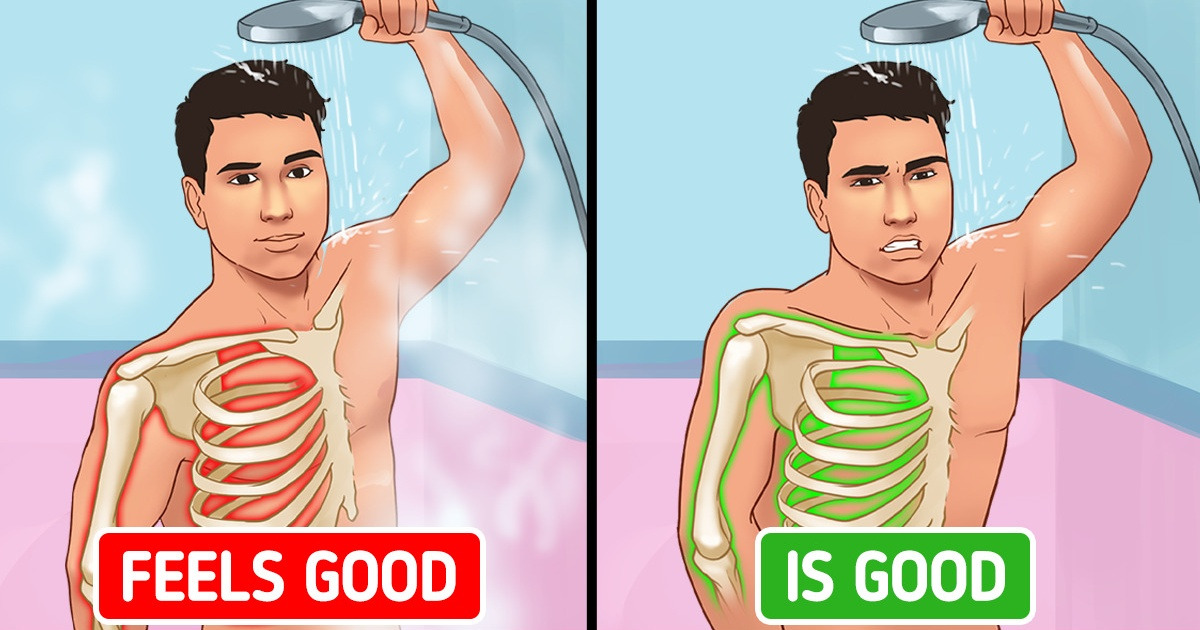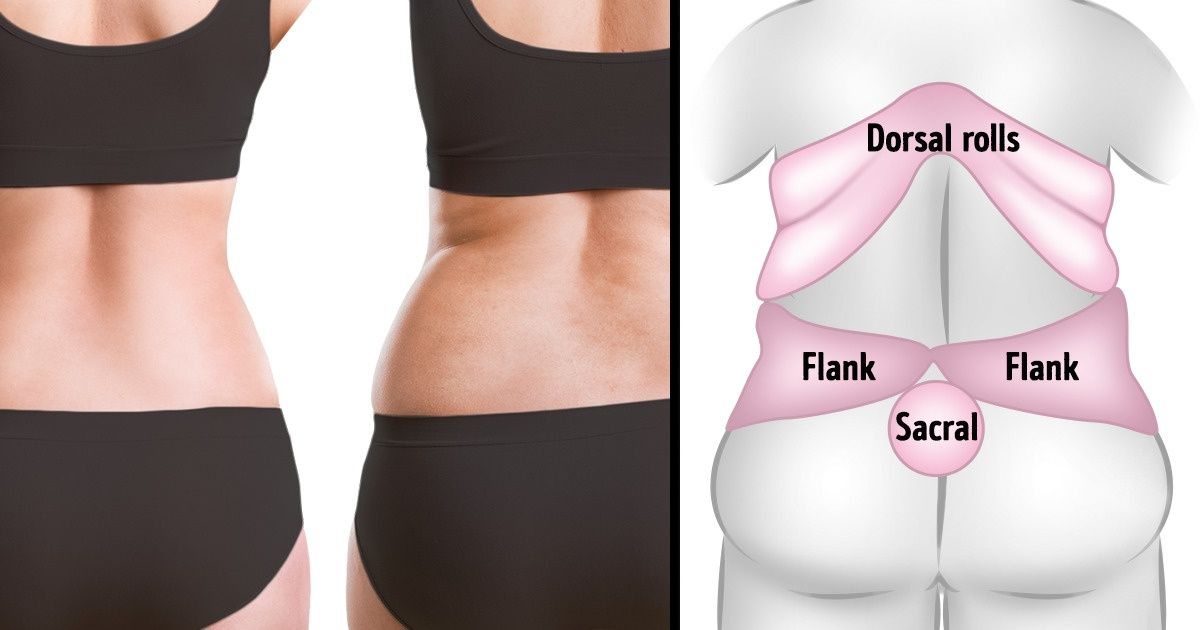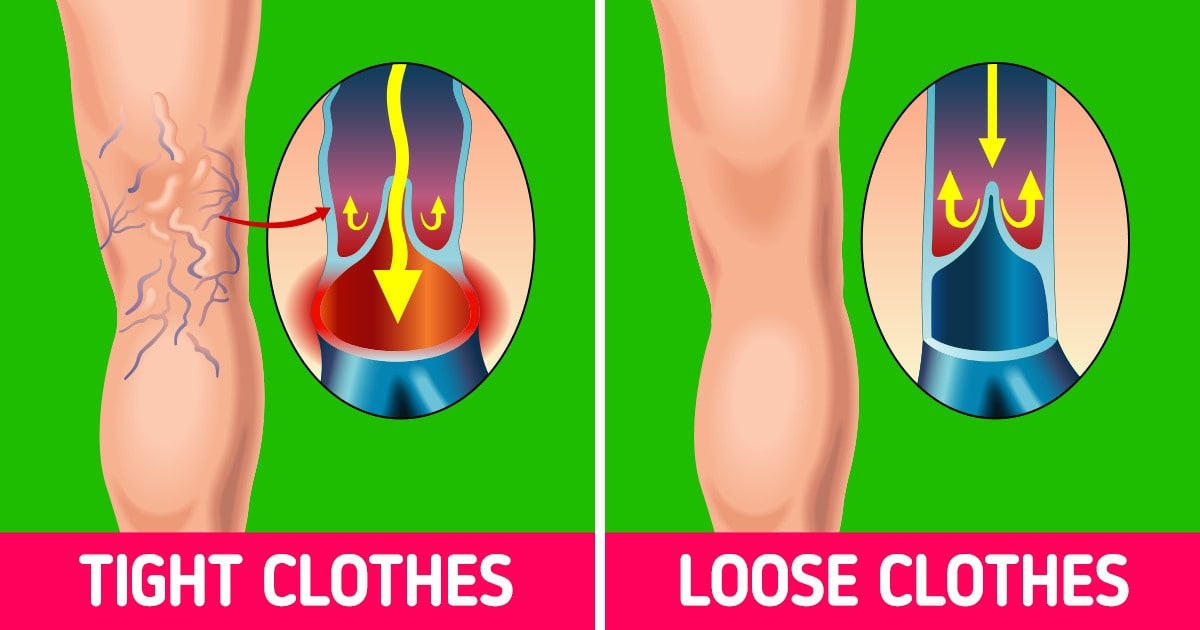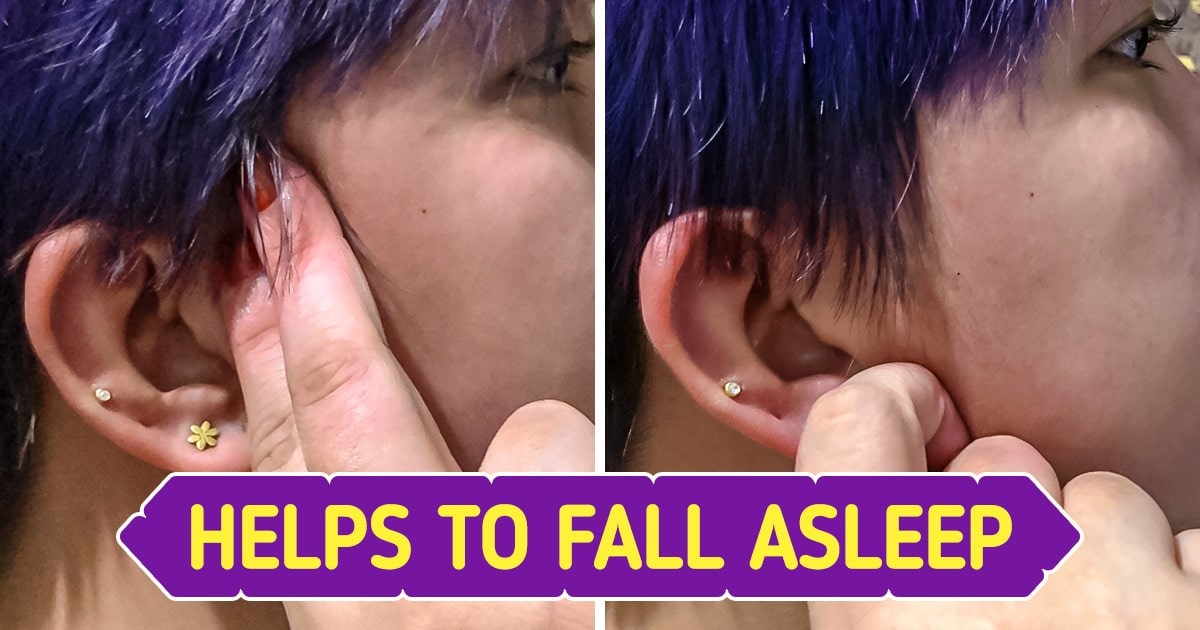Iron is an essential mineral that plays a critical role in producing hemoglobin, the protein in red blood cells that carries oxygen throughout your body. Without enough iron, your body can’t function optimally, leading to a condition known as iron deficiency anemia.
Iron deficiency is one of the most common nutritional deficiencies worldwide, affecting millions of people. Recognizing the warning signs early can help you address the issue before it escalates into more serious health problems.
In this article, we’ll explore 6 warning signs that your body needs more iron, backed by scientific research and expert insights. Whether you’re feeling unusually tired or noticing changes in your skin and hair, these symptoms could be your body’s way of signaling for help
Iron Deficiency Signs And Symptoms
1. Unusual Fatigue: The Most Common Red Flag

Feeling tired all the time, even after a full night’s sleep? Unusual fatigue is one of the most common and early signs of iron deficiency. When your body lacks iron, it struggles to produce enough hemoglobin, reducing oxygen delivery to your tissues and muscles.
Expert Insight: According to the Mayo Clinic, fatigue caused by iron deficiency can feel overwhelming and persistent, even with rest.
Why It Happens: Low hemoglobin levels mean your cells aren’t getting the oxygen they need to produce energy.
2. Pale Skin: A Visible Clue of Low Iron Levels
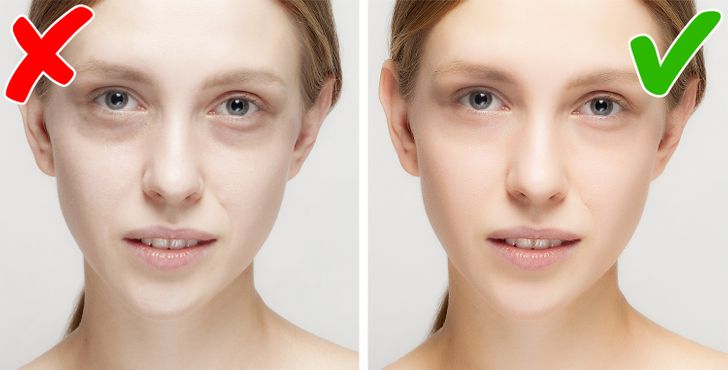
If your skin has lost its natural glow and appears unusually pale, it could be a sign of low iron levels. Hemoglobin gives blood its red color, so when levels drop, your skin may lose its healthy hue.
Check Your Inner Eyelids: Pull down your lower eyelid—if it’s pale pink or white instead of red, it’s a strong indicator of iron deficiency (Healthline).
Why It Happens: Reduced blood flow and oxygen delivery can make your skin look pale or even yellowish.
3. Shortness of Breath and Chest Pain: Oxygen Struggles

Do you find yourself gasping for air after climbing a flight of stairs or doing light exercise? Shortness of breath and chest pain are common symptoms of iron deficiency, as your body struggles to transport oxygen efficiently.
When to Worry: If you experience severe chest pain or difficulty breathing, seek medical attention immediately (American Heart Association).
Why It Happens: Low hemoglobin levels mean your muscles and tissues aren’t getting enough oxygen, forcing your heart and lungs to work harder.
4. Dizziness and Headaches: A Sign of Oxygen Deprivation
Frequent dizziness or headaches can be another warning sign of iron deficiency. When your brain doesn’t receive enough oxygen, it can lead to these uncomfortable symptoms.
Expert Insight: A study published in Headache: The Journal of Head and Face Pain found a strong link between iron deficiency and chronic headaches.
Why It Happens: Low iron levels reduce oxygen flow to the brain, causing blood vessels to swell and create pressure, resulting in headaches.
5. Heart Palpitations: When Your Heart Works Overtime
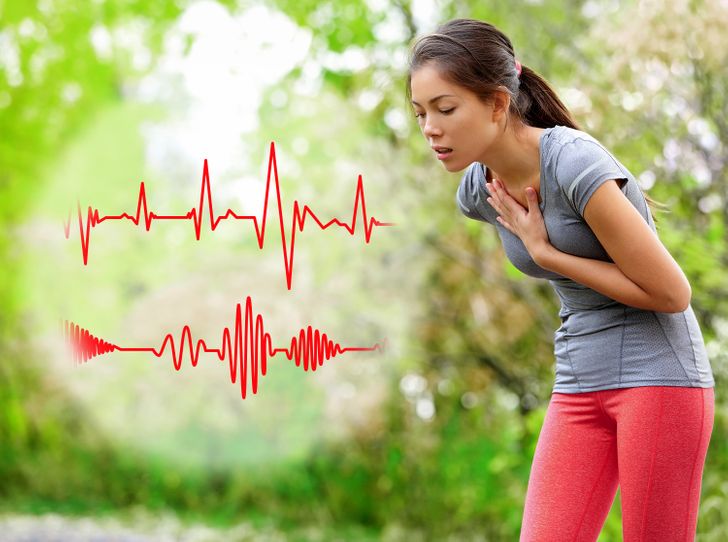
Have you noticed your heart racing or skipping beats, even when you’re at rest? Heart palpitations can be a sign that your body is trying to compensate for low oxygen levels caused by iron deficiency.
When to Seek Help: Persistent heart palpitations should be evaluated by a healthcare professional to rule out serious conditions (Cleveland Clinic).
Why It Happens: Your heart has to pump harder to deliver oxygen-rich blood to your organs, leading to irregular or rapid heartbeats.
6. Hair and Skin Damage: External Signs of Internal Deficiency

Your hair and skin can reveal a lot about your internal health. Dry, brittle hair and pale, itchy skin are common external signs of iron deficiency. In severe cases, you may even experience hair loss.
Expert Advice: According to the American Academy of Dermatology, iron deficiency is a leading cause of hair loss in women.
Why It Happens: Iron is essential for cell growth and repair. A deficiency can disrupt these processes, leading to weakened hair follicles and skin cells.
Conclusion: Listen to Your Body
Iron deficiency is a common but often overlooked condition that can have serious health consequences if left untreated. By recognizing these 6 warning signs, you can take proactive steps to address the issue, whether through dietary changes, supplements, or medical intervention.
Next Steps: If you suspect you have iron deficiency, consult a healthcare provider for a blood test and personalized treatment plan.
Preview photo credit Depositphotos, Depositphotos, Depositphotos

